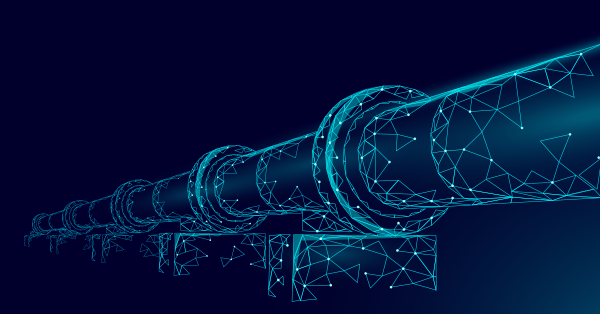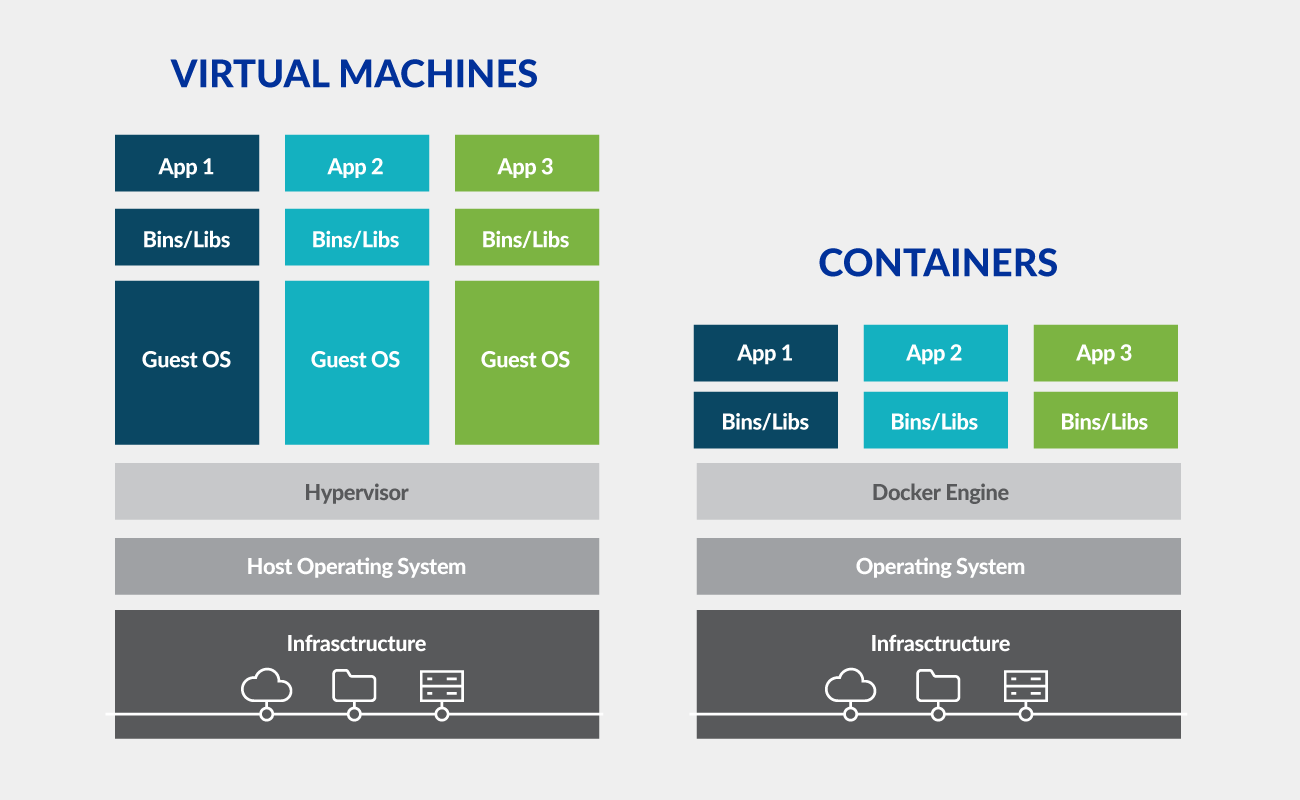שוק פתרונות בסיסי הנתונים כיום, מוצף בקמפיינים שיווקיים עם המון באזזוורדס.
אבל איך בכלל מתחילים? מה הפיתרון הנכון לצרכי העסק שלכם? ה-Container Delivery Pipeline צובר פופולריות בעולם ה-DevOps כיום.
בואו ללמוד מדוע זה קורה.
חברת הסטארטאפ DBmaestro, פירסמה פוסט מרתק הנושא.
A Quick Glance at Containers
Containers have taken the virtualization market by storm in recent years by segmenting processes, drastically increasing portability, and saving resources significantly. These components eventually bring cohesion and clarity to all stages of development - building, testing, code analysis, and more.
In other words, containers provide process and user isolation for application multi-tenancy. Each container includes all the relevant software dependencies to become an immutable application package, that can be easily ejected or changed. They also serve as isolated environments to run various services.
Containers create an isolation boundary at the application level rather than at the server level. This means that if anything goes wrong in that single container, it only affects that individual container and not the whole VM or server. However, an infected container can still contaminate your ecosystem.
Security issues aside, database server containers are gaining popularity because they are speedy, user-friendly, and compatible with automation tools. This helps automate delivery of production data environments for Dev and QA, with a significant reduction in the number of Database server hosts being used.
But this is where many problems start. Many organizations decide to make the right move, but fail in the proper setting up of the container delivery pipeline.
Before Getting Started..
As convenient as they are to work with, using containers doesn’t mean that everything will happen alone. There are some things to watch out for.
- Configuration Requirements - Containerized app development requires attention to a number of things, including composition, scheduling, networking, and storage. You will also need to figure out a way for the containers to communicate with one another from across the multiple host systems.
- Complexity Challenges - Complexity is a major issue with containerized development, especially because it is still a relatively new and evolving practice.
Having multiple teams working simultaneously makes it harder to assess the application as a whole and understand the exact impact of code changes, especially given the dependencies that may exist between containers. This is why having a pipeline is crucial. More on this in the next sections. - Network Connections and Dependencies - App architectures in nearly all organizations today come with dependencies across the stack, including internal, external, and shared ones. Hence, continuously changing versions and deployments need to be constantly monitored and managed.
It’s extremely important to understand how containers impact your continuous integration and delivery ability, especially in multi-team development setups. - Scaling Up - Can you adopt container technologies that will enable continuous delivery practices? Is your organization really ready for the move?
More and more organizations are making the mistake of migrating too fast, without gathering proper inputs and often choosing the wrong solutions. It’s highly recommended to start slowly and scale up after gathering accurate feedback from your continuous delivery cycles.
The Container Delivery Pipeline
In a nutshell, the container delivery pipeline consists of 4 main stages that need to be planned to perfection to achieve optimal (or close to it) results.
- Commit and Build - The beginning of any pipeline starts with submitting the newest version of the code into the CI/CD system. At each check-in, the new code is containerized and put through a battery of tests. It’s tested continuously until a report of failure or binary artifacts generates.
This testing basically confirms whether the specific build of the code is fit for production, thereby eliminating wasted time on broken versions which can cause multiple problems down the line. Many different tests can be performed, with unit tests and A/B tests being the most common ones. - Automated Acceptance - Also known in inner circles as “smoke testing”, automated acceptance tests are pivotal in the continuous delivery pipeline strategy. These tests provide specific insight and perspective into the user experience in an environment similar to productions.
For example, you can test button response and address any flaws early. Being made aware of these failures quickly allows Devs to eliminate them. - Continuous Deployment - The third stage, considered by many as the most crucial one, is especially dev-heavy. This stage involves functional tests, regression tests, and stress tests. The latter is extremely important for organizations that are scaling up or preparing for peak times.
- Production Release - The last step in the container delivery pipeline involves the screening of the live application following the release in order to make sure that the code has been verified to the standardized specs. Ignoring this stage often leads to a wide range of quality and performance issues.
Automate for Best Results
Besides the aforementioned advantages and benefits of creating a container delivery pipeline, there is also its ability to be automated seamlessly, assuming the right automation system is selected for the task. This automation essentially helps create a water-tight pipeline that works systematically with zero issues.
Benefits of automating your pipeline include:
- Minimizing Manual Intervention - Not only can you see a massive reduction in human errors, your staff will be able to snap out of the common “damage control mode”, allowing them to focus on feature planning, software improvements, and other productive tasks.
- Systematic Workflow - Configuration drifts and accidental overrides are common problems in container delivery pipelines. But with a proper automation solution that documents and marks each iteration of code changes with proper version numbers, these issues can be eliminated.
- Elevated Visibility - Having a comprehensive automation solution in place will give you enhanced transparency into your pipeline and help you monitor your build process for real-time response to issues that may arise. This will help you combat bugs and performance issues proactively.
- Improved Security - More and more companies today are going global. This means that dozens of devs, often from multiple locations, are accessing the same code. A comprehensive automation solution that marks active stakeholders (with real-time alerts) can boost security.
To sum it up, coupling your container delivery pipeline with a solid database automation solution will allow you to take your development to the next level.











